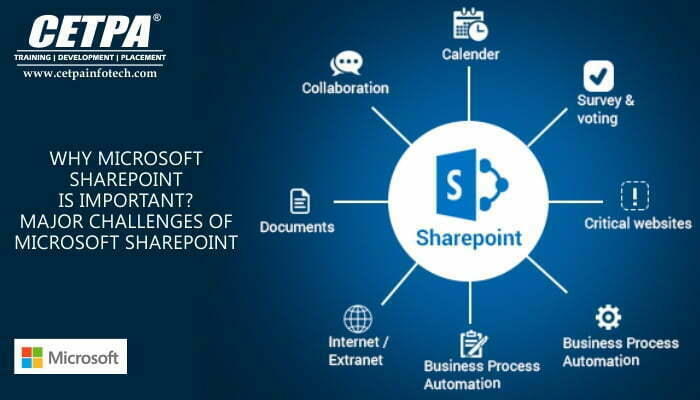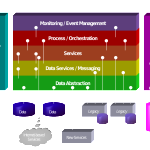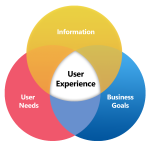REACTing to SharePoint Development Challenges
Read 6 Challenges of working with the SharePoint 2013 App Model
SharePoint is and always was a platform/service rather than a product which means that customers frequently turned to customization on top of the out-of-the-box offering. SharePoint Online is no different, customers expect to maximize their ROI by putting as many organizational workloads on it as possible. This situation poses a very unique challenge for in-house development teams who are responsible for business continuity and at the same time rolling out new applications.
Till 2013, the development paradigm was fairly confusing. Microsoft had deprecated the “new” sandbox approach and introduced the new “new” app (later to be called add-in) development model. Although it was a step in the right direction still developers not convinced with the tooling support available at that time. Neither did this new platform cater to the mobility aspect. Things are changing now and changing big time and I am reading this as good news for CIOs and their SharePoint teams.

SharePoint Framework or SPFx as it is called is a new development model which provides full support for client-side development using open-source tooling (NodeJS, Gulp, Yeoman, Typescript). An excellent detail around SPFx and associated tooling are available at https://dev.office.com/sharepoint/docs/spfx/sharepoint-framework-overview. Not only did Microsoft introduce a new development model but they also realized which JavaScript frameworks are commonly used by open-source communities and are making significant contributions there to help drive this adoption. Office UI Fabric https://dev.office.com/fabric is one such initiative that makes me jump for joy because it is “Built with React”. React is a wonderful platform to build modern UI experiences. If you like the user experience of the Facebook website or their mobile app, there is React at play for you.
Read What does the release of SharePoint 2016 Preview mean for enterprise customers?
If you are a SharePoint developer, I assume you are thinking, of yet another framework & yet another library to make our lives more miserable. This fear no misplaces because, in the short term, it will take some time to get used to this development model but in the long run the “learn once, write anywhere” philosophy will make your life easy. The biggest benefit of learning React is that its Native counterpart allows you to build “native” mobile apps using the same development principles. Yes, You heard it Right! As more and more businesses want their workforce to have mobile-ready solutions, tools like React (https://facebook.github.io/react/) and React Native(https://facebook.github.io/react-native/) are gaining unparalleled popularity in making this a reality. This is the future and you better equip yourself for this to hold for the foreseeable future to come.
Check out Learning React JS in the SharePoint Framework by Scott Hillier for a quick starter.
If you are a CIO, and you want to maximize your ROI on SharePoint Online, you should immediately start training your resources on these new technologies.







